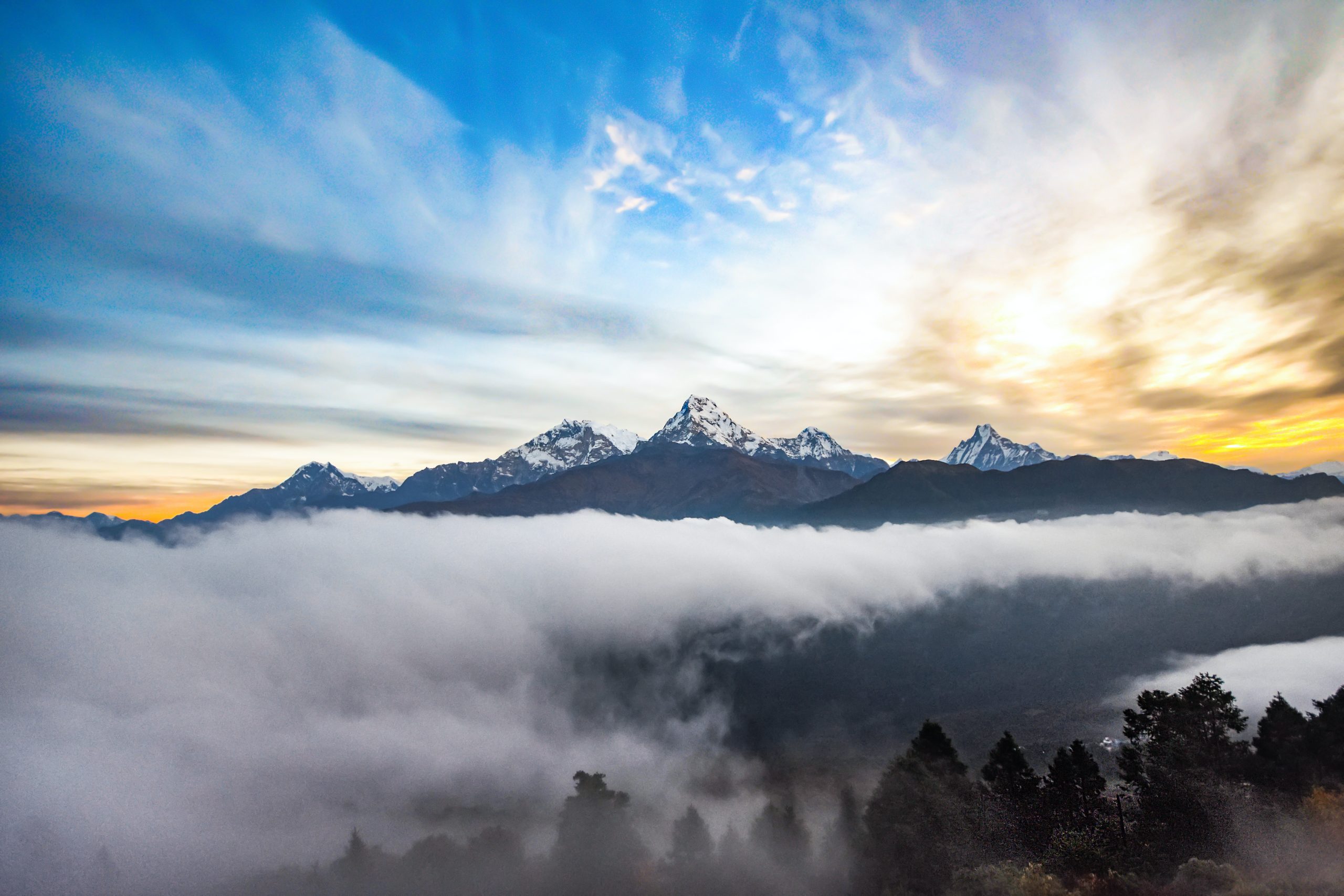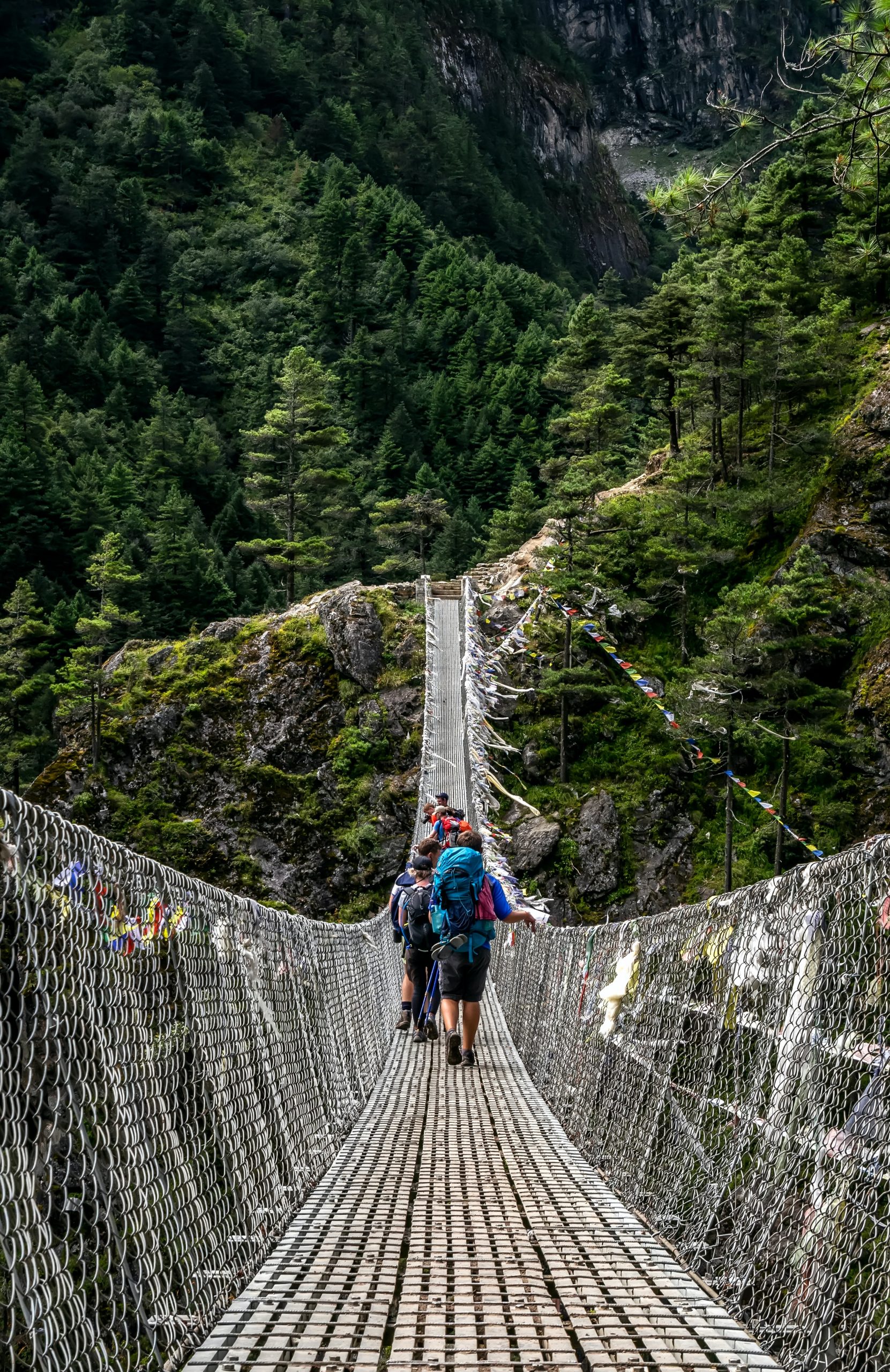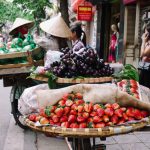10 Things to Know Before Your Nepal Trekking Trip
Nepal, a land of breathtaking landscapes, towering Himalayan peaks, and a rich cultural heritage, is a trekker’s paradise. Every year, adventurers from all over the world flock to this enchanting country for epic trekking experiences. Before you embark on your Nepal trekking journey, there are some essential things you should know to ensure a safe and enjoyable trip. Here are 10 important tips from Green Sun Travel to help you prepare for your Nepal trekking adventure.
10 tips for Nepal Trekking
Choose the Right Season:
- When selecting your trekking season, consider the weather conditions carefully. Spring (March to May) and autumn (September to November) offer the best weather with clear skies and mild temperatures, making them ideal for trekking. During the spring, you can also enjoy the beautiful rhododendron blooms. On the other hand, the monsoon season (June to August) brings heavy rainfall and can lead to landslides and closed trails. Likewise, winter (December to February) is harsh with heavy snowfall, making many routes challenging or closed.
Obtain the Necessary Permits:
- Nepal trekking typically requires permits, and the requirements vary based on the region. You can obtain these permits from the Nepal Tourism Board or local authorities. Research the specific permits you need for your chosen trekking area and ensure you have them in hand before starting your journey. Trekking without the proper permits can result in fines and legal complications.
Plan Your Itinerary:

- Your trekking itinerary should be well-planned to ensure a safe and enjoyable experience. Consider your fitness level, the number of days you have available, and the difficulty level of the trail. Popular trekking destinations like Everest Base Camp, Annapurna Circuit, and Langtang Valley offer various trekking durations and difficulty levels. A well-thought-out itinerary allows you to make the most of your time in Nepal and minimizes the risk of overexertion.
Be Prepared for Altitude:
- Many trekking routes in Nepal lead to high altitudes where the air is thin, increasing the risk of altitude sickness. Proper acclimatization is crucial. Plan your itinerary with gradual ascents and built-in rest days. Stay hydrated by drinking plenty of water, and consider carrying altitude sickness medication as a precaution. It’s essential to be mindful of your body’s response to altitude changes and to prioritize safety.
Pack Appropriately:
- Packing the right gear is essential for a successful trek. Invest in lightweight, moisture-wicking clothing suitable for layering. Your gear should include a good pair of hiking boots, a warm sleeping bag, a quality backpack, and a rainproof jacket. Don’t forget essentials like sunscreen, a comprehensive first-aid kit, and a reliable water purification system to ensure your health and comfort on the trail.
Hire a Local Guide and Porter:
- Hiring a local guide and porter can greatly enhance your trekking experience. Local guides are knowledgeable about the trails, culture, and can provide valuable insights. In case of emergencies, they can also offer assistance. Porters can help carry your heavy backpack, reducing physical strain and allowing you to enjoy the trek more comfortably.
Respect Local Culture:
- Nepal is known for its diverse cultures and traditions. Show respect by dressing modestly, especially in religious areas. Always ask for permission before taking photos of people or their property, as not everyone may be comfortable with it. Learning a few basic Nepali phrases can foster positive interactions and demonstrate your respect for local customs.
Money Matters:
- Nepal is primarily a cash-based economy, especially in remote areas. Carry enough Nepali Rupees for your expenses, especially in places where ATMs are scarce. While credit cards are accepted in major cities, they may not be reliable in rural areas, so it’s best to be prepared with cash.
Stay Hydrated and Eat Wisely:
- Staying hydrated is crucial in high-altitude trekking. Drink purified water or hot tea along the way to avoid dehydration. Avoid drinking tap water, and be cautious about consuming uncooked or undercooked food to prevent foodborne illnesses. Carry water purification tablets or a filter for safe drinking water.
Leave No Trace:
- Responsible trekking is vital to preserve Nepal’s natural beauty and fragile ecosystems. Dispose of trash properly in designated bins or carry it out with you. Use established campsites to minimize your impact on the environment, and avoid open fires, which can harm the delicate ecosystem and contribute to deforestation.
Top Nepal Trekking destinations

Everest Base Camp Trek:
- The Everest Base Camp trek is a bucket-list adventure that takes you to the base camp of the world’s highest peak, Mount Everest. The journey begins with a thrilling flight from Kathmandu to Lukla, where you’ll start your trek. Along the way, you’ll pass through picturesque Sherpa villages like Namche Bazaar, Tengboche, and Dingboche, where you can immerse yourself in the local culture and visit ancient monasteries.
The trek offers breathtaking views of towering peaks, including Ama Dablam and Lhotse, and culminates in reaching Everest Base Camp itself. For even more panoramic views, you can hike to Kala Patthar, a famous vantage point that provides an up-close look at Everest’s summit. The Everest Base Camp trek is challenging but incredibly rewarding, offering an opportunity to witness the majesty of the Himalayas up close.
Annapurna Circuit:
- The Annapurna Circuit is known for its diverse landscapes and cultural experiences. Starting in the lush lowlands, you’ll trek through terraced fields and rhododendron forests before ascending to the arid, high-altitude desert region of Manang. The highlight of this trek is crossing the Thorong La Pass, a challenging but exhilarating experience that rewards you with stunning views of the Annapurna and Dhaulagiri mountain ranges.
Along the way, you’ll encounter diverse ethnic communities, including Gurungs and Manangis, and have the chance to visit traditional villages and monasteries. The Annapurna Circuit can be customized to your preferences, allowing you to choose between a longer, more immersive trek or a shorter, more accessible option.
Langtang Valley Trek:
- The Langtang Valley trek is one of the closest trekking destinations to Kathmandu, making it a convenient choice for travelers with limited time. The trail takes you through dense rhododendron and bamboo forests, offering opportunities for wildlife sightings, including red pandas and various bird species.
The Tamang and Sherpa communities in this region are known for their warm hospitality, and you’ll have the chance to experience their culture firsthand. The trek also provides panoramic views of Langtang Lirung (7,227 meters or 23,711 feet) and other snow-capped peaks. A visit to the sacred lake of Gosainkunda can be added to extend the trek and enhance your experience.
Manaslu Circuit Trek:
- The Manaslu Circuit trek is a less-visited gem in the Nepalese Himalayas, offering a pristine and less crowded trekking experience. You’ll circumnavigate Mount Manaslu, the eighth highest peak in the world, and pass through remote Tibetan-influenced villages such as Lho and Samagaon.
This trek provides a unique blend of natural beauty and cultural immersion. The journey takes you through lush forests, terraced fields, and rugged terrain, and you’ll cross the dramatic Larkya La Pass (5,160 meters or 16,930 feet) for stunning mountain vistas. The opportunity to interact with the local Nubri and Tsum communities adds depth to the trek.
Upper Mustang Trek:
- The Upper Mustang region is a remote and culturally rich trekking destination often referred to as the “Last Forbidden Kingdom.” This trek takes you through arid landscapes that resemble the Tibetan plateau, with striking rock formations and colorful cliffs.
The highlight of the Upper Mustang trek is the opportunity to explore ancient walled cities like Lo Manthang, which is steeped in history and tradition. You’ll visit centuries-old monasteries, caves, and interact with the Mustangi people, preserving a unique Tibetan-influenced culture.
Each of these trekking destinations in Nepal offers a distinct experience, from the towering peaks of Everest to the culturally rich and remote regions like Upper Mustang. Your choice should align with your trekking experience level, time availability, and the type of adventure you seek in the breathtaking landscapes of Nepal.
Conclusion
A Nepal trekking adventure is a once-in-a-lifetime experience. By following these 10 essential tips, you’ll be well-prepared to explore the stunning landscapes, immerse yourself in the culture, and create lasting memories in this Himalayan wonderland. So lace up your hiking boots, pack your bags, and get ready for an unforgettable Nepal trekking trip!







